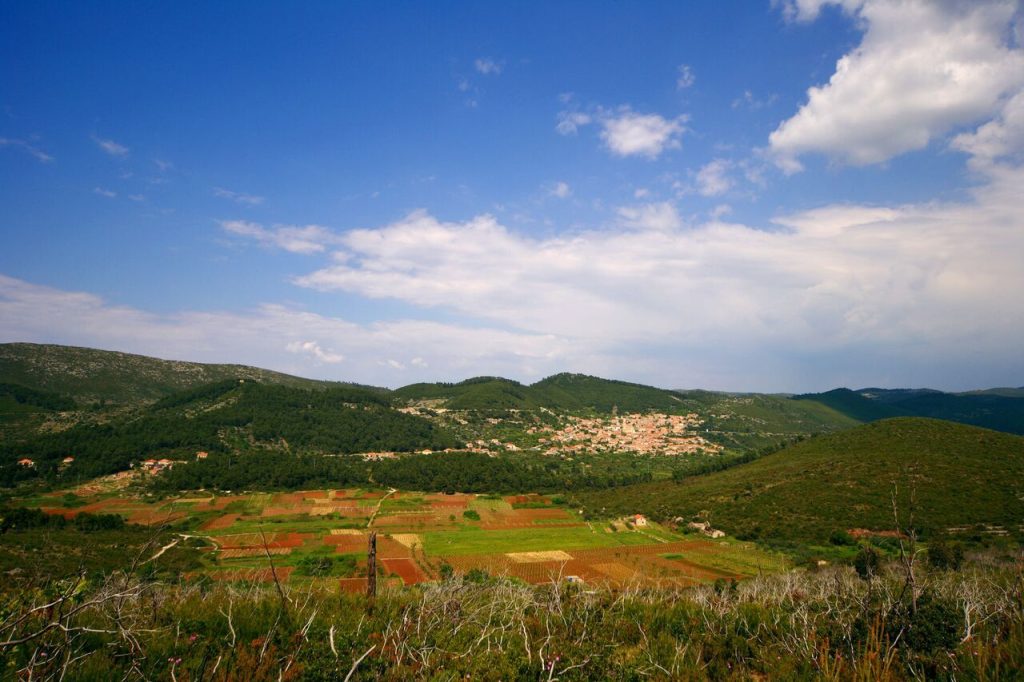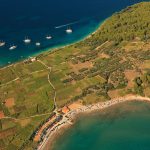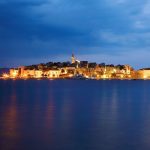Brna and Smokvica, somewhere half-way between Korčula and Vela Luka, invite you to visit them, not just drive through.
1) Smokvica is an old village in central Korčula, one of the five original settlements mentioned back in 13th century, in famous Korčulan Statute. It was most populous right after World War I, when it had almost 1500 inhabitants, but that number fell rapidly when phylloxera hit the vineyards of Korčula, including the ones around Smokvica. Vines and the production of wine remain one of the major products of the large and fruitful Smokvica field, especially the local indigenous white wine variety Pošip (and Rukatac to a somewhat lesser extent). In recent years, the quality of the wines has improved quite a bit, as we’ve written about before, and there’s no excuse not to visit the wineries of Smokvica and taste some of their remarkable fresh white wines.
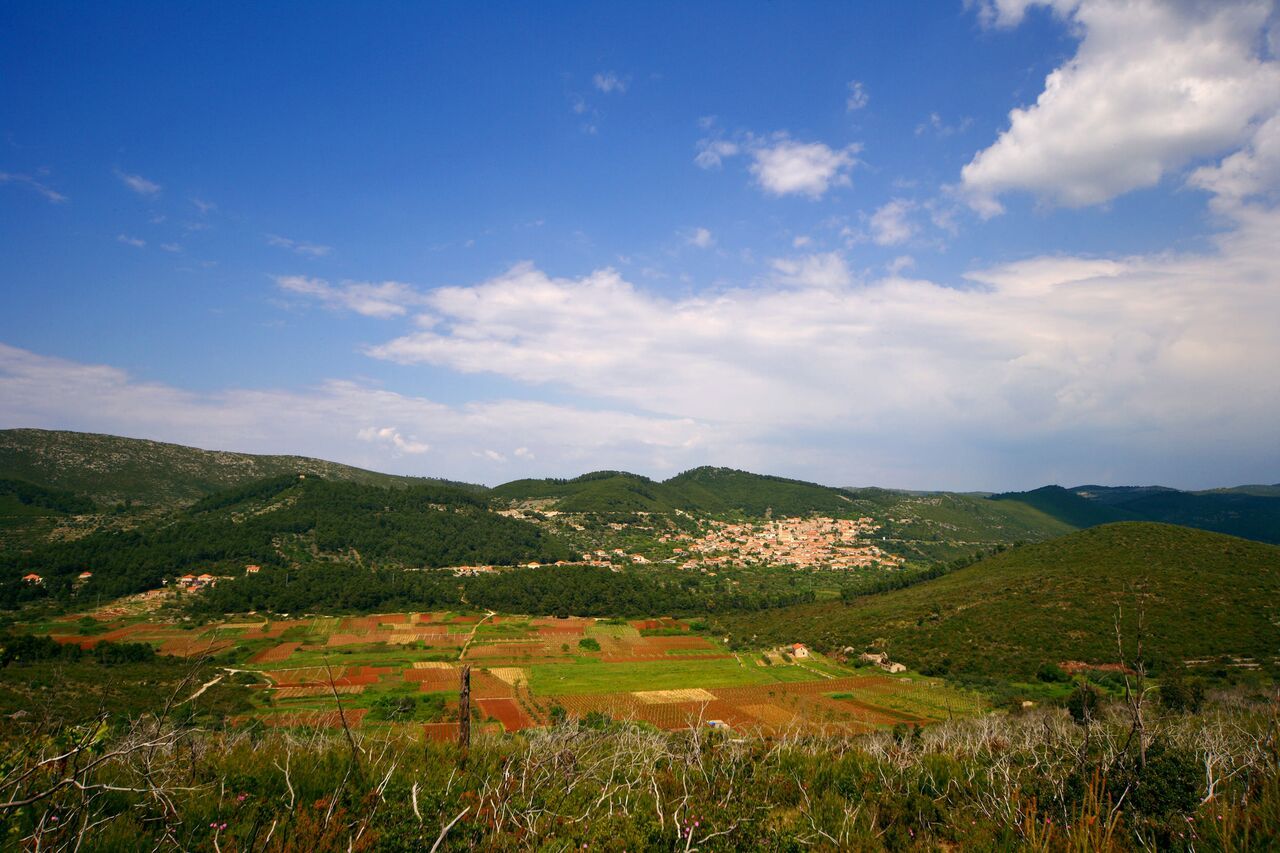
2) Brna is a deep bay on the southern-facing side of Korčula, that has in the recent years become increasingly popular with many tourists, but especially with nautical tourists. The sea is quite deep in the bay, and it provides protection from almost all kinds of weather conditions for your yacht or a boat. That’s why in the afternoon there will be numerous boats moored in the bay, and people from the boats coming to shore either for a swim on a small pebbly beach at the bottom of the Brna bay, dip in the mud in Istruga (see point 3!) or a dinner in one of the restaurants in Brna. And they can be sure that their boats will be safe – if anchored properly!
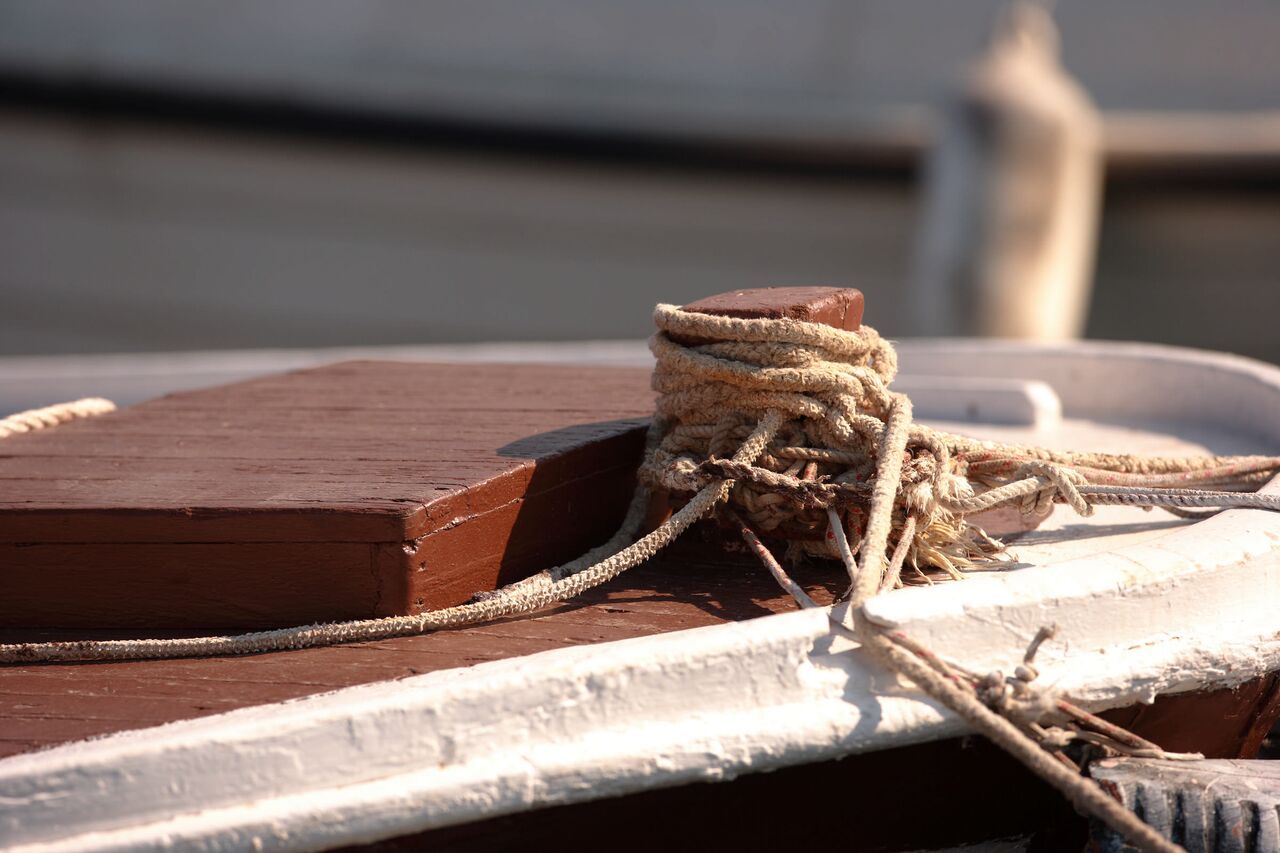
3) Istruga is a long bay, over 500 m, right next to Brna Bay (which was uninhabited until recently, and only in the sixties did people of Smokvica start building their weekend houses there) with some unexpected characteristics. The bottom of the shallowest part of the bay is covered in liman mud, a type of peloid, used all over the world for medicinal purposes especially for skin conditions and rheumatic disorders. Many people come to Istruga just for the mud, and many others come because of the tennis courts located there – not exactly where you’d expect to find infrastructure like that, but still, you can come to Istruga and play some tennis. Various events are often held in Istruga bay as well, concerts, festivals and similar, so chances are if you come to Istruga during the summer, something will be happening there at the time!
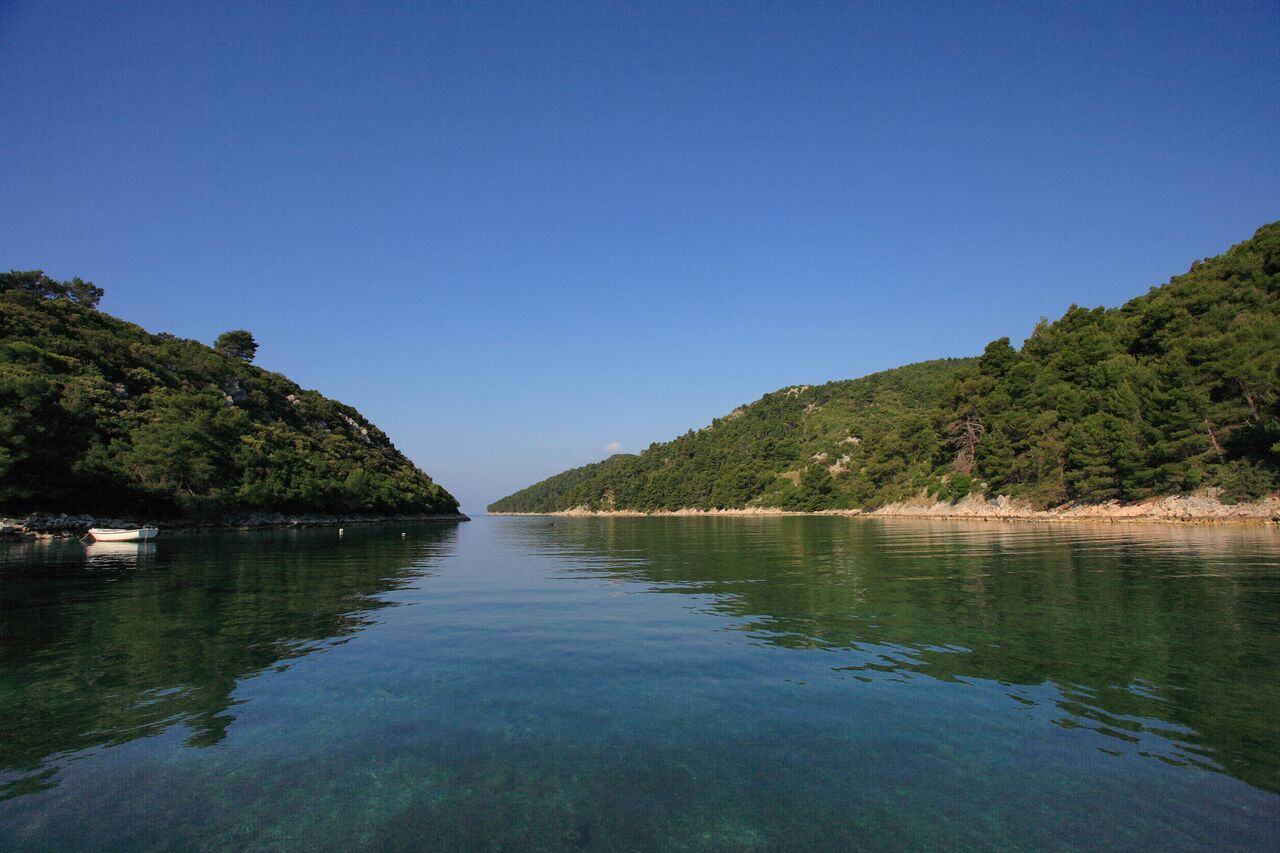
4) Museum of gold and silver in Smokvica – although small, the churches in Smokvica and Čara have extremely valuable collections of silverware used during services in the past: crucifixes, candlesticks, vases etc. Most of those object were made in 17th and 18th century in Venetian workshops, and are very representative of similar objects distributed throughout Dalmatia. Gold handmade filigree jewellery was made in Smokvica in 18th and early 19th century (some of it also came from Venice), and was used as decoration by wealthy women. This year, construction of the building for the Museum of gold and silver started in the center of Smokvica, next to the church, and once it’s finished, it will display all of those valuable objects.
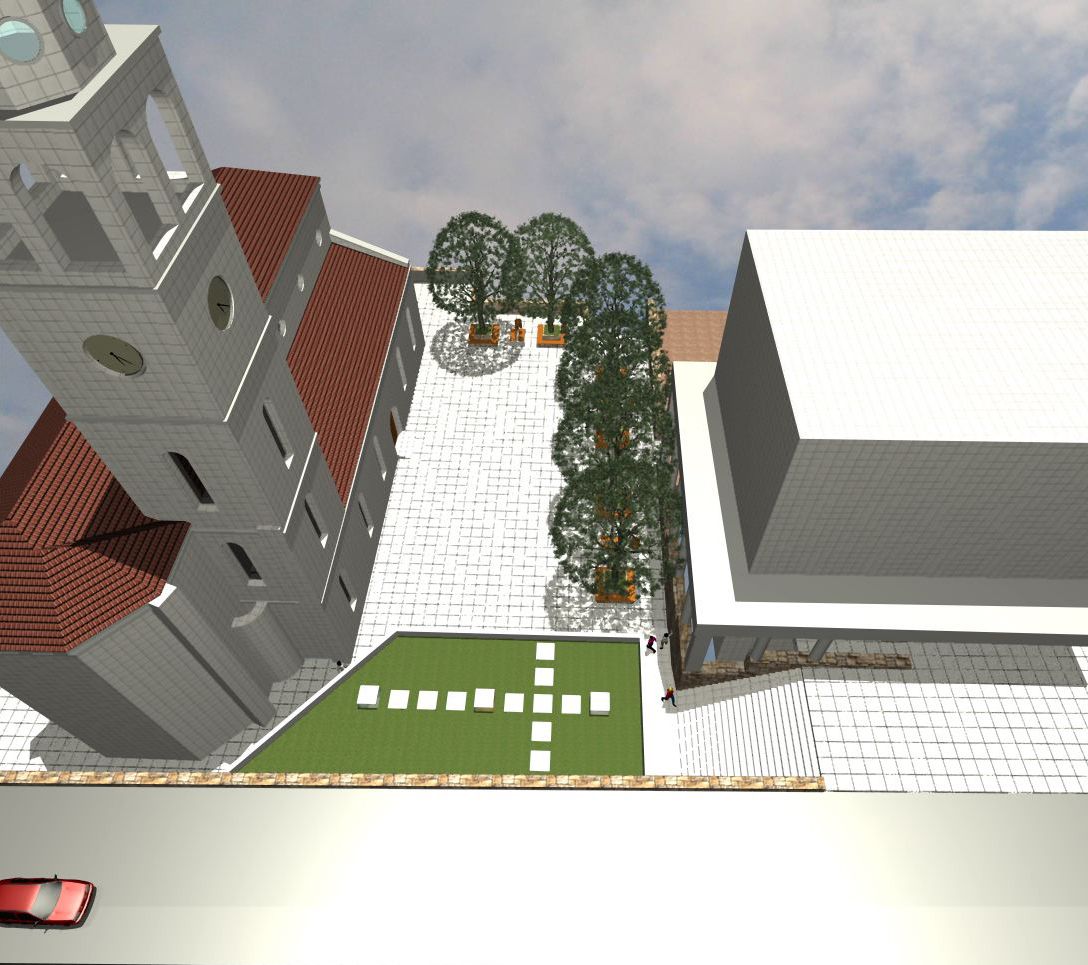
5) The bay of Brna is one of those places where you’d expect diving to be popular, and yes, you’d be right. There are several diving centres in Brna, offering you various options for day-dives in the bay or in its vicinity, including dives around dreamy Prišćapac. Local divers will gladly take you looking for sea urchins, which are a delicacy not to be missed. If you’re more into fish, ask around in Brna and you’ll have no problem finding a local fisherman who’ll take you fishing on their boat and show you how it’s done in their neck of the woods. Neck of the sea?
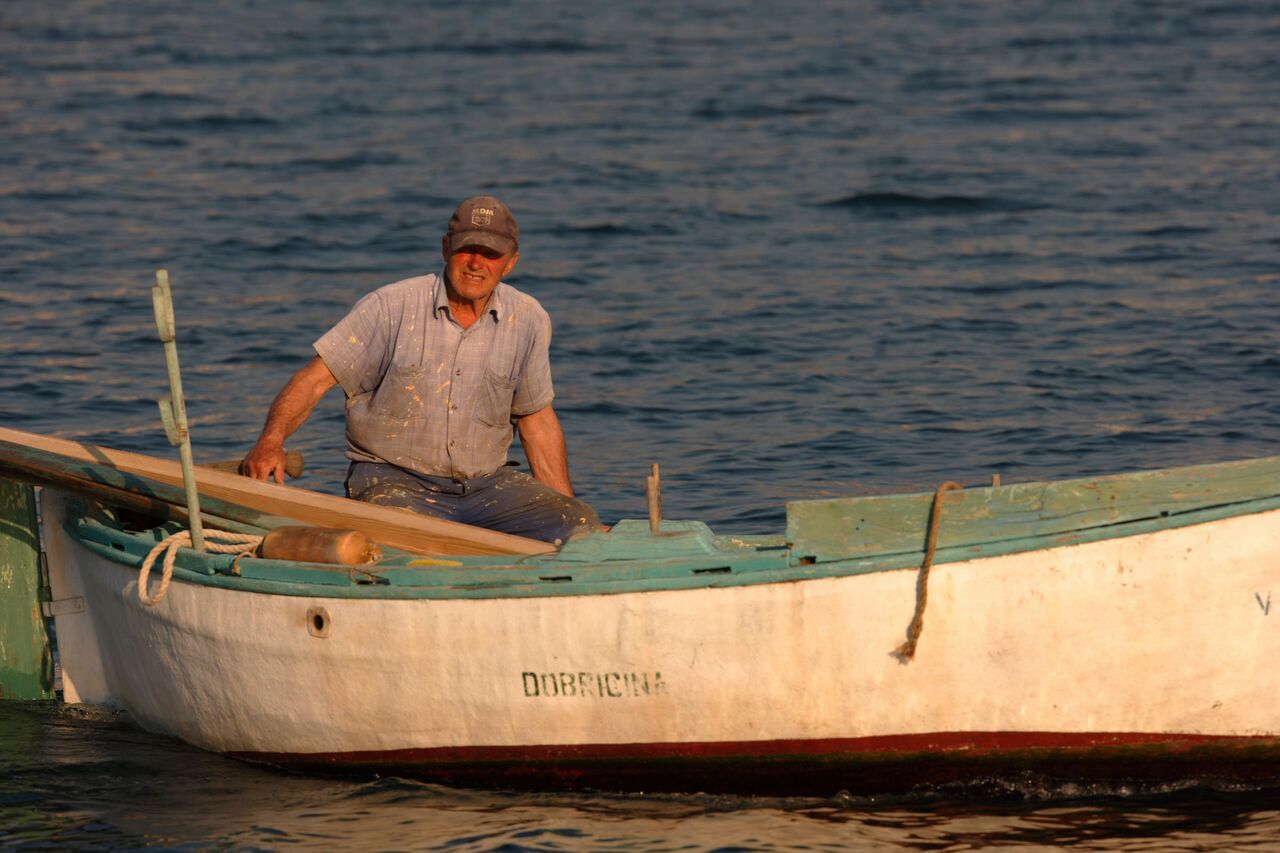
(most photos in this article are by Romulić&Stojčić)

